The Best French Movies of the 21st Century, from ‘Amélie’ to ‘Cache’

- Oops!Something went wrong.Please try again later.
- Oops!Something went wrong.Please try again later.
- Oops!Something went wrong.Please try again later.
- Oops!Something went wrong.Please try again later.
- Oops!Something went wrong.Please try again later.
When thinking of the best French movies of the 21st century, there are some titles that leap to mind immediately, even if the past 22 years haven’t appeared to be as creatively fecund as the heady heights of the New Wave period. Celine Sciamma, Francois Ozon, Bruno Dumont, and Julia Ducournau have all produced stunning, instantly canonical works. But what’s interesting is to consider how expansive the idea of “Frenchness” in cinema has been this century: on the list below, Austrian Michael Haneke, Iranian Abbas Kiarostami, and American Julian Schnabel appear, with the main criterion for inclusion being simply the use of the French language.
Their inclusion does call into question a bit the idea of national cinemas. And yet, even in this highly interconnected, global 21st century, France singularly remains one of the medium’s most essential guiding lights. From the pioneer era of the Lumiere brothers, to the revolutionary New Wave that expanded our understanding of film’s potential, to hosting the most important festival for world cinema each year, and being staunch defenders of the theatrical experience, France has always pushed the movies forward while reminding us what we love about them in the first place. No country did more to help propel cinema into the 20th century, and no country has done more to help sustain its integrity and its potential in the 21st.
More from IndieWire
From sultry thrillers to mind-blowing 3D experiments and one unclassifiable Palme d’Or winner, these are the 35 best French movies of the 21st century.
Christian Blauvelt, Ryan Lattanzio, Noel Murray, and Christian Zilko also contributed to this list.
35. “Goodbye to Language” (2014)
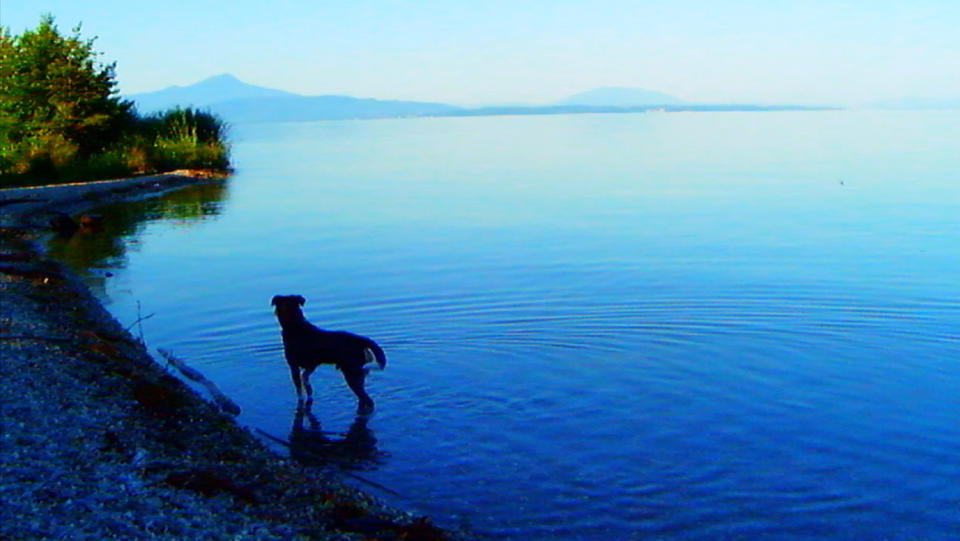
“Godard forever!” So shouted one devout fan as the lights went down at the Cannes Film Festival before the world premiere of the reclusive French New Wave director’s latest mysterious work. The anticipation was warranted: For decades, Godard has continually showed the movie world how it’s done, with one cinematic mic drop after another that pushes every possible boundary of the medium by reinventing it from the ground up. With “Goodbye to Language,” he constructs a beguiling mashup of imagery that’s at once convoluted and brilliantly pointed, an illustration of the way that modern communication has collapsed in an era overrun by digital ephemera. His use of 3D technology is similarly overwhelming, but not devoid of purpose; experimenting with double exposure and overlapping images, he forces to viewers to experience visuals effects in a totally new way. Somewhere in the midst of this crammed assemblage, he stuffs in the story of a couple whose relationship is slowly falling apart. But the true star of “Goodbye to Language” is Godard’s innocent dog Roxie, who grows so mystified by the inanity of civilization that she flees to the countryside. It may be the closest thing we get to a late period mission statement from this secretive filmmaker, whose ambition has only deepened with time, as this endlessly rewarding provocation bears out. Godard forever, indeed. —EK
34. “La Sapienza” (2014)
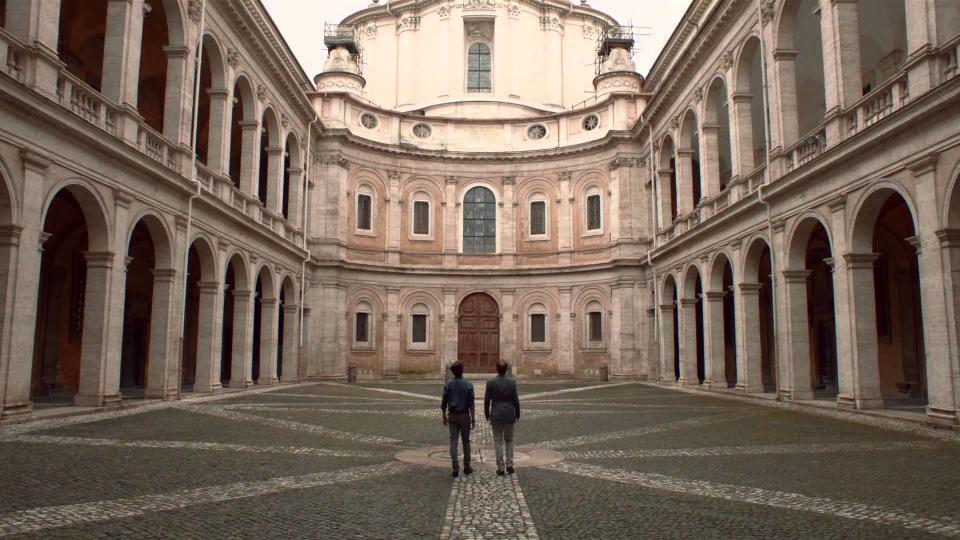
The premise of the “The Sapience” (“La Sapienza”) could easily provide fodder for a clichéd indie drama: an estranged couple travels to the countryside in a desperate attempt to raise their weary spirits, bonds with a pair of troubled teens and by helping them work through their problems, finds a renewed sense of hope. Gag. But in the hands of French-American filmmaker Eugéne Green (“The Portuguese Nun”), whose movies blend understated storytelling with literary themes, “The Sapience” is anything but familiar. Instead, the writer-director crafts a work that’s both weighted with scholarly inquiry and an undercurrent of poignancy unlike anything else. The title refers to a definition of wisdom stretching back many centuries and applied in the works of baroque 17th century Roman architect Francesco Borromini, whose work becomes as much a character in the movie as the intellectuals at its center. Green’s merging of past and present results in a powerful blend of intellectual and emotional experiences that’s also a disarming deadpan comedy. Gorgeous to a fault, it’s the rare case of a cerebral narrative that manages to be life-affirming in the process. —EK
33. “The Man on the Train” (2002)
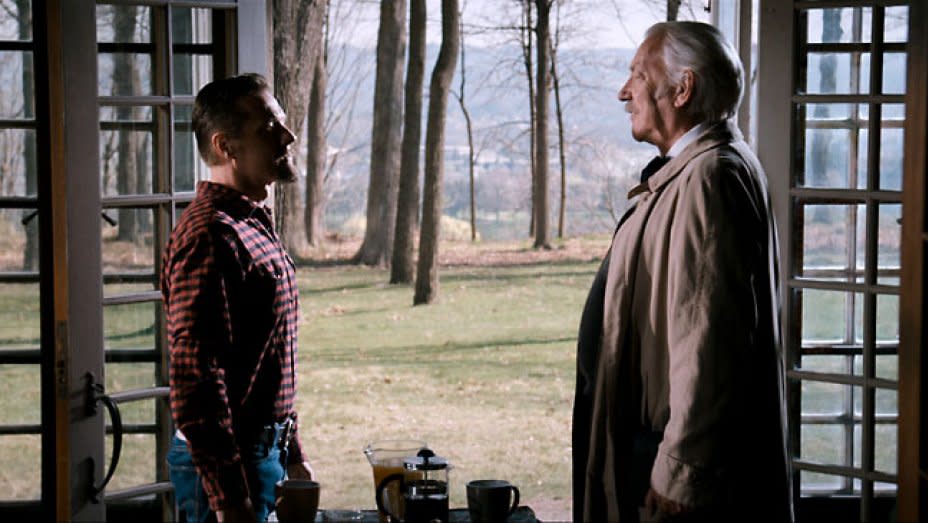
From 1989 to 2002, Patrice Leconte was one of the most electric and beguiling (and under-appreciated) filmmakers in the world. His career-defining hot streak may have peaked with 1999’s singularly romantic “Girl on the Bridge,” but it ultimately came to a boil with “The Man on the Train.” The wise and altogether wonderful story of a chance encounter between a retired teacher (the great Jean Rochefort) and an aging bank robber on the brink of a big score (French icon Johnny Hallyday), “The Man on the Train” wouldn’t prove to be Leconte’s final film, but it feels like it could have been — it’s possessed by the same wistful spirit that has defined so many of cinema’s great farewells. The friendship that forms between these two grizzled men is sweet but never sentimental, and the fraternal bond that they share over the course of a single weekend is as memorable as any love story. —DE
32. “Of Gods and Men” (2010)
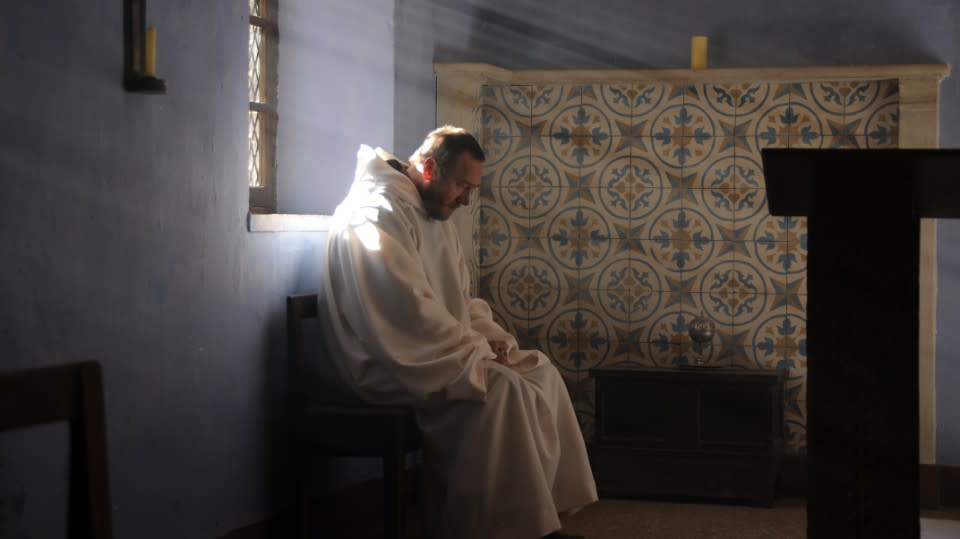
From its early scenes, “Of Gods and Men” inhabits the sacred lives of its monastic subjects. The eight monks residing in a seemingly quaint North African mountain community go through the motions of their daily prayers, the ritualistic hymns echoing monotonously throughout their hallowed chambers. Providing medical assistance and spiritual counsel to their Muslim neighbors, they inhabit an untroubled world, but the tranquility is short-lived. The monks find their harmonious existence suddenly disrupted by bloodthirsty Islamic fundamentalists, and so begins the conundrum at the heart of the movie. Loosely based on the mysterious 1996 assassination of seven French monks in Algeria, Xavier Beauvois’ understated fifth feature takes liberties with that widely scrutinized incident, but its simplistic milieu exists out of time. Ignore the precise religious context and it stands perfectly well as a restrained look at personal convictions in the face of certain death. Each time a monk contemplates his fate, Beauvois implies a deeper process taking place beneath the surface. By keeping their eventual fate off-camera, he conveys the powerful idea that the full extent of the tragedy is unknowable, and it keeps the movie relevant to this day. —EK
31. “The Beat that My Heart Skipped” (2005)
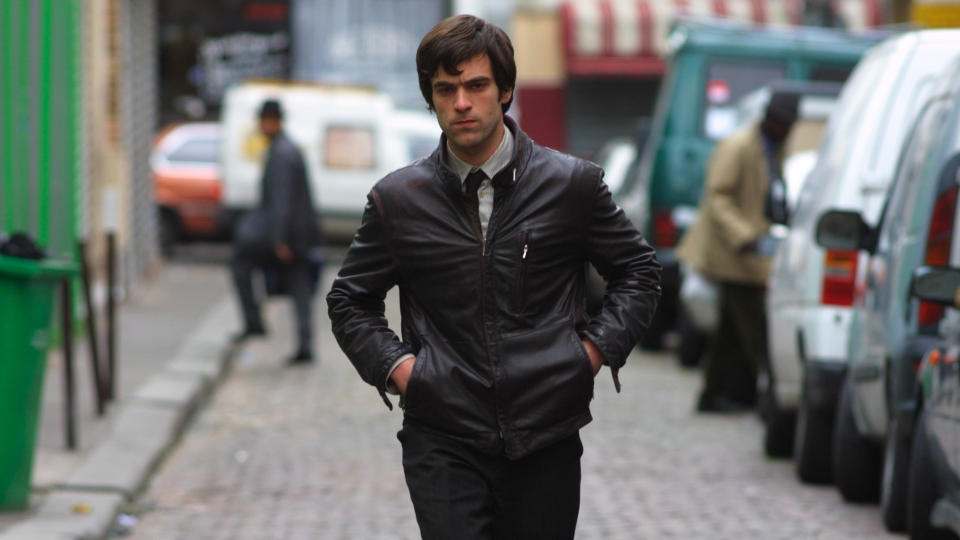
Jacques Audiard became one of the most celebrated French filmmakers on the planet with “A Prophet” in 2009, but he had already established himself as one of the most compelling French filmmakers long before that. Riffing on (and greatly eclipsing) James Toback’s 1978 “Fingers,” 2005’s “The Beat that My Heart Skipped” is the kind of remake that justifies the very idea of remakes. A breathlessly tense thriller about a gifted musician (Romain Duris) who’s torn between a life of crime and a dream of becoming a concert pianist, Audiard’s remarkable fourth feature tells a raw gangland story with the precision of someone playing “The Mephisto Waltz.” Sexy, stressful, and elegant in a way that underworld sagas have seldom been since the days of Jean-Pierre Melville, “The Beat that My Heart Skipped” boasts Duris’ best performance, and it may very well still be Audiard’s best film. — DE
30. “Being 17” (2016)
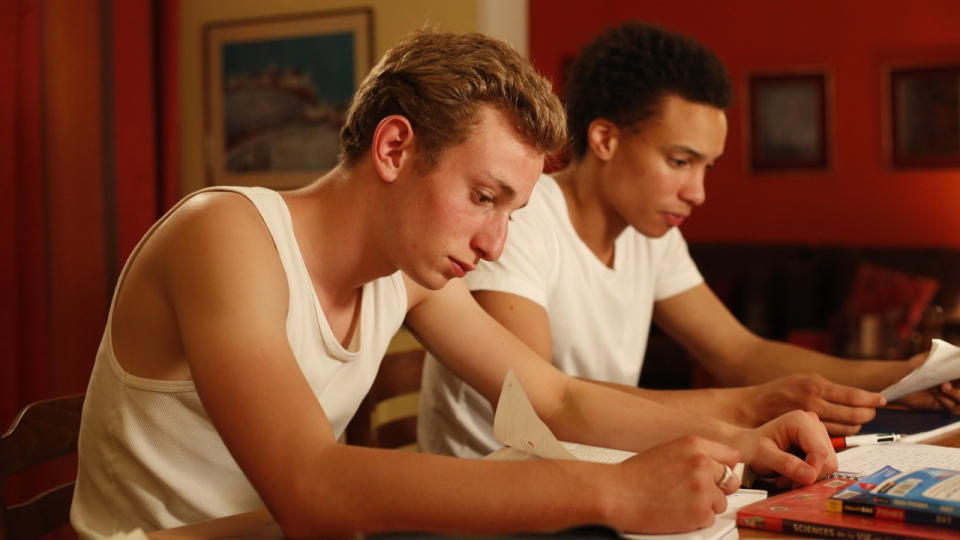
A slow, shaggy, hyper-naturalistic coming-of-age drama that constantly returns to the sheer violence of becoming a man, André Téchiné’s “Being 17” is a movie that isn’t the least bit afraid to dwell on how hard it can be to become who you are. Or, in this case, how much harder it can be when you’re a boy who’s in love with his bully. Co-written by Téchiné and Céline Sciamma, the film is shared between two teen boys growing up in the emotionally vivid mountains of the French Pyrenees. Damien (Kacey Mottet Klein) is white, reckless and vaguely punchable. Thomas (newcomer Corentin Fila) is bi-racial, reserved and reflexively violent. They don’t seem to like each other very much — Thomas trips Damien in the middle of class for no apparent reason — but their mutual animus is rooted in private self-doubts. It’s extraordinary to watch the two young men grapple with their newfound proximity, as Téchiné lets his characters find themselves at their own pace. It’s up to the landscape between them to express their tangled lust, the snow dunes and the mountain fog, and they speak volumes. —DE
29. “House of Tolerance” (2011)
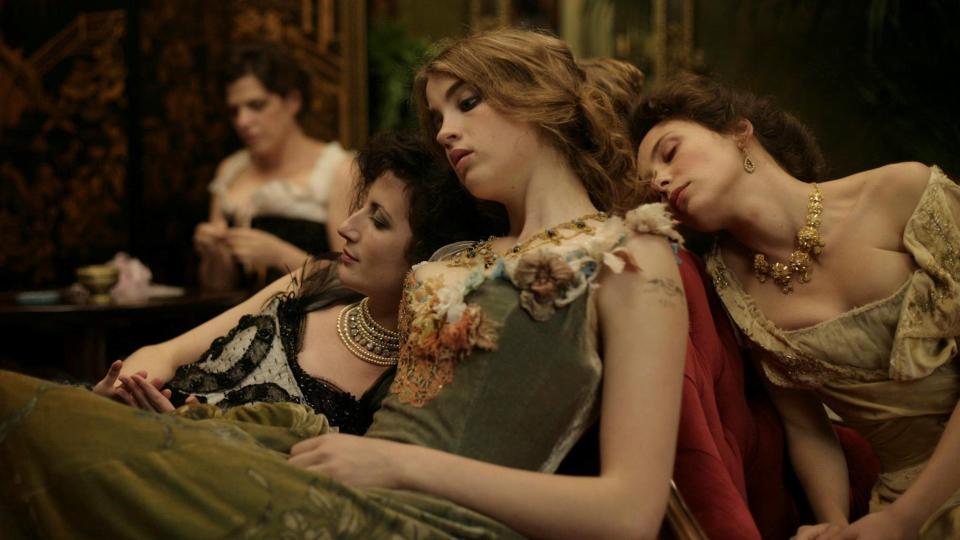
There have been countless French movies about prostitutes, but none feel remotely like Bertrand Bonello’s memerizing “House of Tolerance.” Set within the musky parlors and bedrooms of a Paris brothel at the turn of the 20th Century, this hermetically sealed film’s closest relative is Hou Hsiao-hsien’s “Flowers of Shanghai, as both films almost never step outside and both films are so thick with opium fumes that you can’t watch either of them without getting a little high yourself. The film may be a work of fiction, but its atmosphere is so palpable that watching it feels like stepping through a portal to the past. Spreading his attention across a number of different working girls, and paying closer attention to their individual pleasures and perils than any other man ever has, Bonello carves a perverse feminist masterpiece from a place where women were denied everything but their sexual power. It’s an empowerment tale as a narcotized cinematic experience, and it builds to an ending that’s every bit as bold and provocative as the film’s scarring first shot. — DE
28. “Faces Places” (2017)
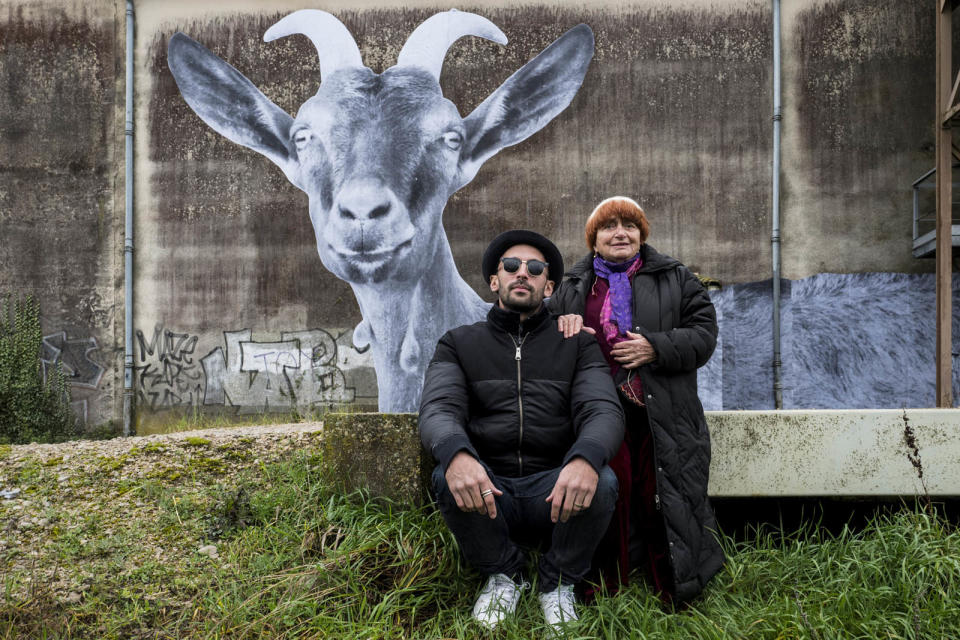
Notions of finality and (im)permanence cast a long shadow over Agnès Varda’s moving, funny, life-affirming, and altogether wonderful “Faces Places,” which finds the legendary 88-year-old auteur teaming up with a semi-anonymous street photographer named JR for a whimsical tour of the French countryside. The plan is to drive from one bucolic village to another, invite the locals to pose in the van that JR has transformed into a mobile photo booth, and paste massive print-outs of the resulting portraits onto the environments their subjects call home. Varda loves the idea, she’s compelled to “photograph faces so they don’t fall into the hole of memory.” Varda was already a woman who was destined to leave her will on film, but it’s deeply beautiful (and tons of fun) to watch this great artist commemorate the blue-collar NPCs of rural France, these farmers and postmen and laborers who are unknown in their own time. Despite how that may sound, there isn’t whiff of condescension to be found here. Varda and JR aren’t validating their subjects, but rather asking them to help corroborate the idea that images are a way of affirming our existence, of being bigger than our bodies. —DE
27. “La Vie en Rose” (2007)
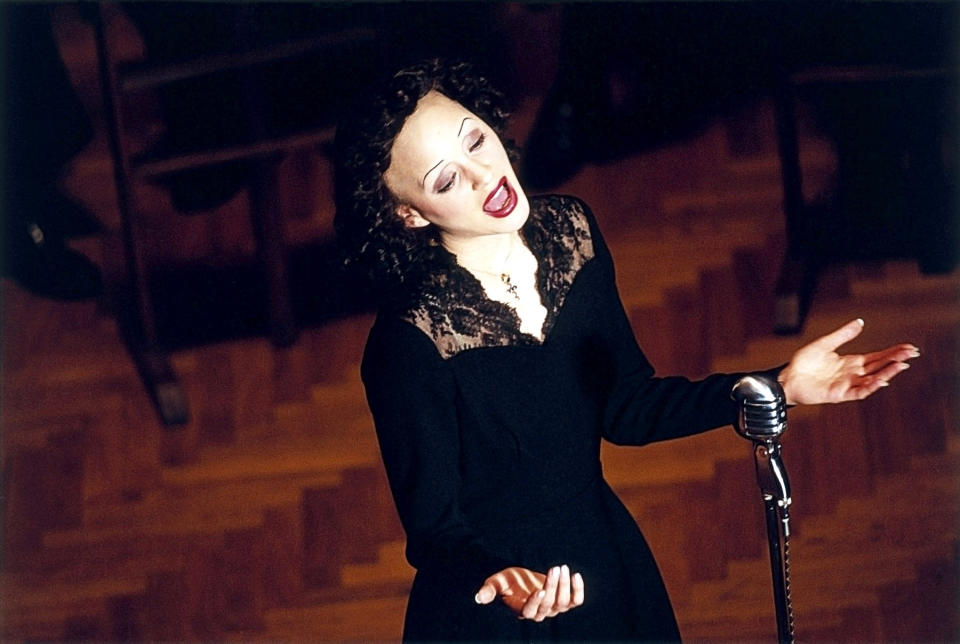
©Picturehouse/Courtesy Everett Collection
Marion Cotillard’s transformation into Edith Piaf is one of the great star-making performances of the young century to date — and the platinum standard for all actors playing musical greats who lip-sync to their iconic recordings. Capturing her husky speaking voice, slight hunch, and overall frail demeanor, Cotillard channeled Piaf as someone who’s seen it all and too delicate for this world at the same time. That made her the first performer to win the Best Actress Oscar for a French-language performance. Yet “La Vie en Rose” is no actor’s showcase only. In Olivier Dahan’s hands, it’s a dynamic piece of cinema, too, with one of the most thrilling boxing sequences in recent memory — the great love of Piaf’s life was boxer Marcel Cerdan, who died in a plane crash in 1949 — one that underlines the musicality of the pugilistic arts, and the pugilistic overtones of the music business. —CB
26. “Stranger by the Lake” (2013)
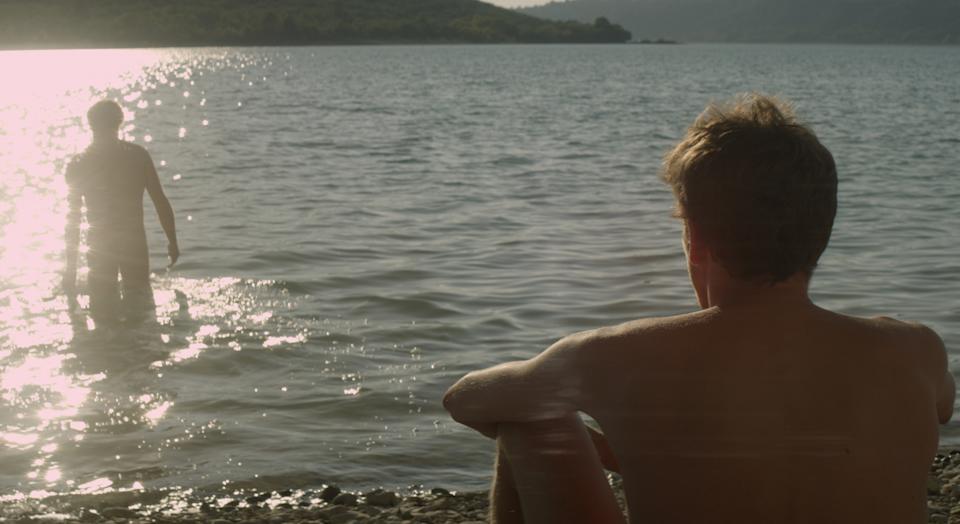
©Strand Releasing/Courtesy Everett Collection
Alain Guiraudie’s perversely ambiguous and sexy-scary “Stranger by the Lake” feels like a great throwback to ’80s and ’90s queer cinema, unafraid of the collision of criminality and gay sex and how the latter in most spaces is a subterfuge enterprise. Franck (Pierre Deladonchamps) is lonely and looking for a lover in all the wrong places — or at least this one particularly very wrong place, a lakeside cruising spot for gay men of all shapes and sizes. His searching, horny gaze lands on Michele (Christophe Paou), a handsome, who cuts a Burt-Reynolds-meets-Tom-of-Finland figure and looks and tastes like danger. After Franck witnesses Michele drowning his trade in the lake, he ignores all the flashing reds and instead falls deeper and more madly into lust. Shooting gay sex scenes like hardcore porn, Guiraudie opens a window onto a world often not even cracked by most filmmakers, only to promptly shut us out with the final slam of a harrowing cut to black. —RL
Best of IndieWire
New Movies: Release Calendar for April 8, Plus Where to Watch the Latest Films
19 Best Erotic Thrillers, from Adrian Lyne to Brian De Palma
Sign up for Indiewire's Newsletter. For the latest news, follow us on Facebook, Twitter, and Instagram.

